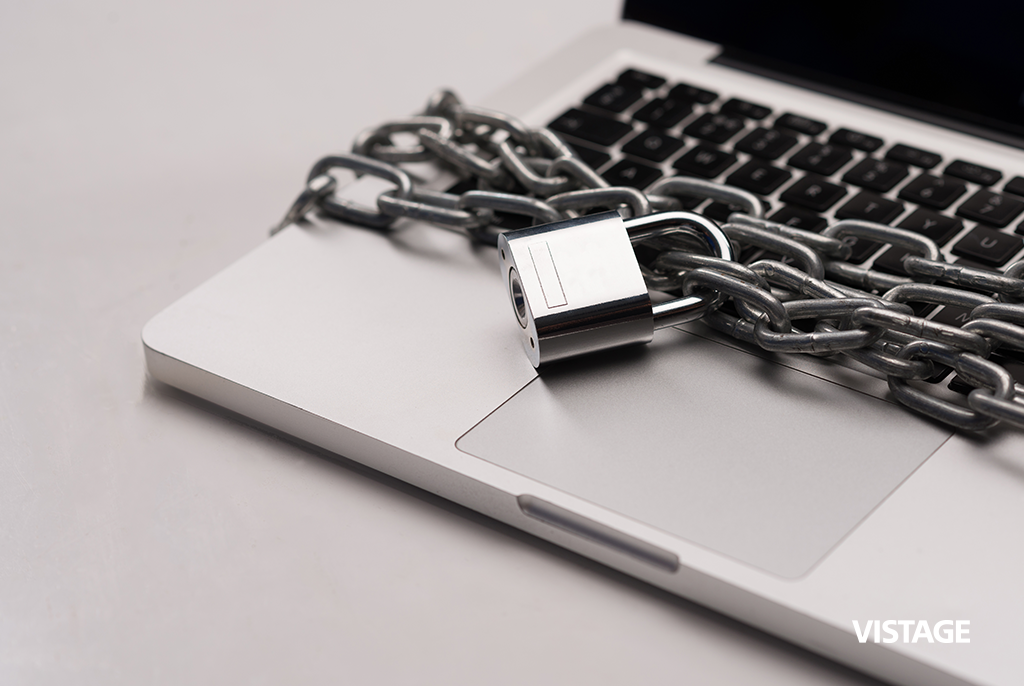Data security: Beyond server backup

Data backup and disaster recovery have come a long way the past several decades. Forward-thinking IT Managed Service Providers and in-house IT departments now think more in terms of business continuity, rather than just backup. It’s worth examining how this business security strategy developed over time to get an understanding of where it is headed. Sometimes CEOs do not put enough emphasis on protecting their data or simply are not prepared for a disaster. Here’s a look at how far Business Continuity Solutions have advanced, and why CEOs should design key metrics around recovery time objectives rather than just backup.
Traditional Archiving
Businesses began to back up data on the magnetic tape format in the early 60, replacing the archaic punch card system. Tape was reliable in the sense that data was usually protected and could be used to restore damaged data. But data took time to access, due to rewinding and fast-forwarding tape. Yet, magnetic tape has outlasted floppy disks, which were prevalent from the late seventies through the early 2000s. In the 21st century, it’s common for data to be archived on hard disk, CD, DVD, Flash Drive and Blu-ray disk.
A major reason that CDs overtook floppy disks was due to increased storage space. DVDs that could store up to 4GB entered the market in 1995, setting a new trend in popular storage media. Around the same time (Local Area Network) LAN technology was emerging. Network Attached Storage (NAS) existed since the eighties and started to become part of the marketplace by the early nineties, offering backup services. Since the late nineties, online backup solutions from remote locations have been widely available for businesses — both big and small.
Multiple Servers
Preventing data loss was the next stage of development after the tape format became the standard way to archive data. Using dedicated infrastructure in which different servers have different functions, it became possible to build strong barriers around core systems that were integrated and separated physically at the same time. Data could flow across various nodes while managed on specific servers by specific workers. Separate servers could be used for masters, storage, media and more.
The evolution of backup for data management systems has moved from a one-size-fits-all separate control backup team model toward diverse models of control including application-based remote models as well as broad-based cloud provider models. Now strategies for data backup, data recovery, and business continuity can be customized for each business. CEO’s that think they have good “backups” need to go further and ask; “How soon can our business get back to processing orders and invoicing clients after a fire, theft, or accidental/intentional data loss?” Your backup solution MUST meet the recovery time objective you set, or you need to direct your IT provider to come back with a different solution.
Bundled Services
Robust backup disaster recovery (BDR) plans are commonly offered as part of a big package by an IT team or cloud provider. If you are marketing your products or services to government, large government contractors, banks or insurance companies, making backup and disaster recovery part of your “sell” package will help add credibility and protect brand integrity. In order to be competitive, you must be able to prove that your BDR solution provides business continuity with minimal downtime to the client that you are supporting. Even if your client does not require such proof, having it anyway will provide you peace of mind – knowing that your operation could come up quickly in case of a natural, or unnatural disaster.
The plan can include managing the security policy, monitoring data, backing up data and testing backup and recovery systems. Demand has grown for backups of direct applications and storage. By hiring experts who understand both data management and business management, you can bridge both worlds to improve productivity, regulation compliance, and efficiency. Keep in mind that this expertise might not come from your existing in-house IT department or IT managed service provider; so it might make sense to outsource this critical function.
Just make sure to go with an IT resource that has the expertise and capability to design and provide proactive management and monitoring of the final product. Stay away from “cloud only” or “local/premise only” solutions. Instead, go with a BDR that stores a “local” copy of your data at your site for fast restores, while simultaneously sending an encrypted copy of your servers to the cloud. The local BDR hardware that is installed at your site should be powerful enough to virtualize any failed server within minutes. The cloud copy of your servers needs to be booted and tested regularly so as to be sure each will function properly when needed.
Cutting-Edge Business Continuity Technology
Near real-time backups have become the standard of high-end cloud service providers and high-end IT managed service providers. That means encrypted data is backed up every 1, 2, 4 or 8 hours and that data can only be accessed with a passkey, and data can be accessed quickly locally or in the cloud. Qualities that have played a key role in BDR advancements have included ease of use, reliability, and affordability. Disaster recovery plans continue to be refined in ways to meet the goals of data recovery, backup servers that reduce or eliminate downtime and managing networks.
Conclusion
CEOs must demand a business continuity solution rather than just backup from their IT support provider and the key metric to measure the solution’s effectiveness is a “live recovery demonstration” so you can be sure that the solution can meet your stated recovery time objective. CEOs who confirm that their server backup and disaster recovery solution uses local storage along with hybrid cloud platforms will be well positioned should disaster strike in the future.
Category : Technology

